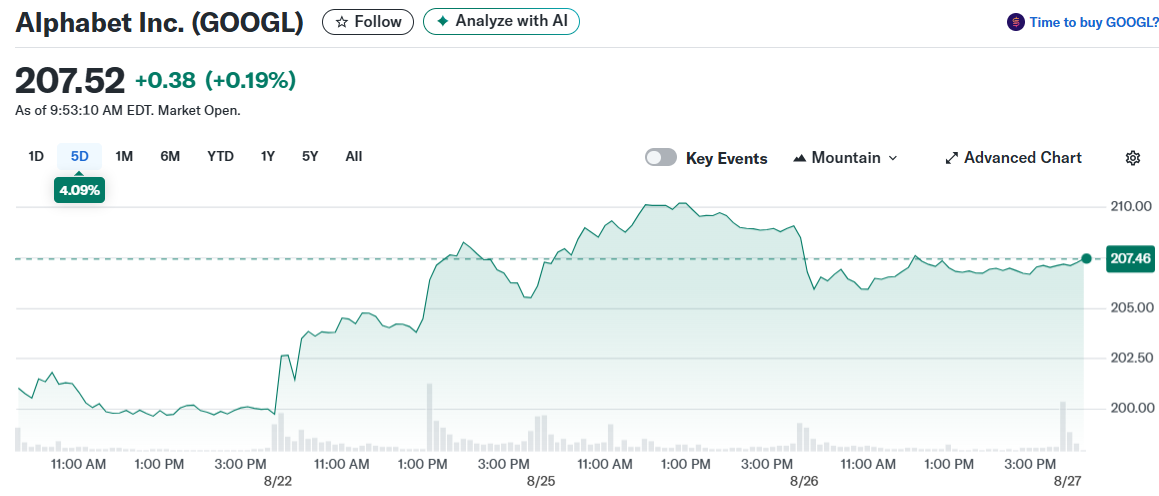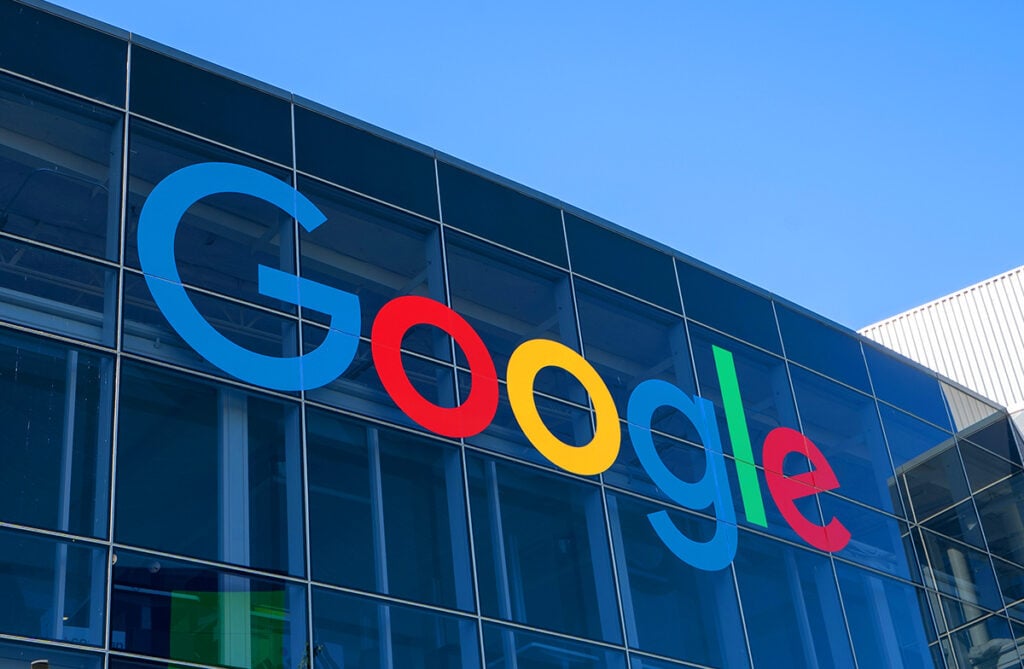TLDR
- Google Cloud is developing its own layer-1 blockchain called Google Cloud Universal Ledger (GCUL) for financial institutions
- GCUL supports Python-based smart contracts and positions itself as credibly neutral infrastructure, unlike competitor blockchains from Stripe and Circle
- CME Group has completed initial integration testing, with broader market trials expected before a 2026 launch
- The platform is designed as private, permissioned infrastructure for wholesale payments and asset tokenization
- Google’s Web3 head argues GCUL removes barriers that prevent competitors from using Stripe’s or Circle’s blockchain platforms
Google Cloud is moving forward with its blockchain project for financial markets. The company’s layer-1 network, called Google Cloud Universal Ledger (GCUL), targets a 2026 launch after completing initial tests with CME Group.
Rich Widmann, Google’s head of Web3 strategy, outlined the project details in a Tuesday LinkedIn post. He described GCUL as credibly neutral infrastructure designed for financial institutions.
The platform will support Python-based smart contracts. This approach aims to make blockchain development more accessible to financial engineers and developers.

Google positions GCUL differently from competing blockchain projects. Stripe is developing Tempo, which extends the company’s payment rails into a controlled chain.
Circle’s Arc blockchain places USDC stablecoin at its center. The platform promises fast settlement with built-in currency exchange features.
Google takes a different approach with GCUL. The company designed it as shared infrastructure that any institution can use without strengthening a competitor.
Competitive Positioning
Widmann argues that existing blockchain projects create barriers for competitors. Companies like Tether won’t use Circle’s blockchain, and payment firms like Adyen may avoid Stripe’s platform.
GCUL removes these concerns by offering neutral ground. The platform allows exchanges, payment providers, and other financial institutions to build without helping rivals.
The timing sets these projects apart. Circle has already begun piloting Arc, while Stripe targets a launch next year.
Google and CME completed initial GCUL integration testing. Broader market testing will follow later this year before the 2026 service launch.
Each platform brings different distribution advantages. Stripe leverages over a trillion dollars in annual merchant payment flows.
Circle counts on USDC’s global reach and liquidity integrations. Google brings its cloud platform scale and promises to support billions of users.
Technical Development
The companies first announced GCUL in March as a programmable distributed ledger. The platform focuses on wholesale payments and asset tokenization for institutional clients.
CME Group completed the first integration and testing phase. The exchange operator described the technology as a potential breakthrough for collateral and settlement systems.
GCUL targets markets moving toward 24/7 trading operations. The platform could deliver efficiencies in margin and collateral management functions.
CME Chairman and CEO Terry Duffy praised the partnership in March. He said GCUL could enable low-cost digital value transfers across core market functions.
The platform operates as private, permissioned infrastructure. This design focuses on compliance requirements for institutional users rather than public blockchain access.
Google plans to release more technical details about GCUL’s architecture in coming months. The company describes the platform as foundation infrastructure for global payments and tokenization.
GCUL currently runs in private testnet mode. Direct testing with market participants will begin later this year according to the original timeline.
CME Group has already completed integration testing with Google Cloud. The exchange operator continues working toward broader market implementation before the planned 2026 launch.


